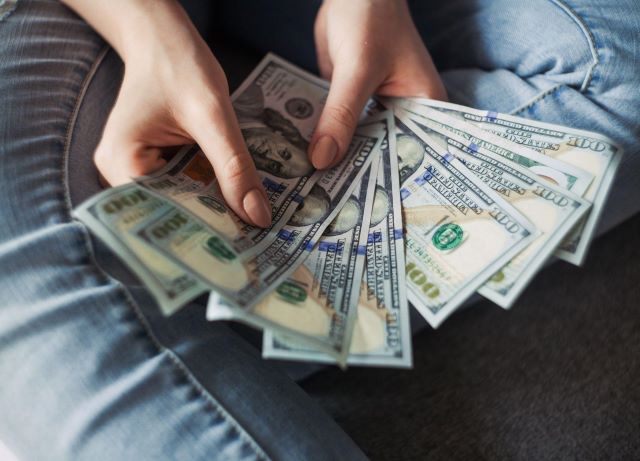One of the significant lessons the pandemic has taught us is the importance of having a backup plan. And by that, we mean having funds to use in case an emergency or another crisis occurs—because you never know when these situations might happen. Thus, preparation is the only way to protect yourself and your family from those circumstances.
And when discussing preparations, having an emergency fund is always on top of the list. An emergency fund is a money you keep or set aside to be used for future mishaps and unplanned expenses. It serves as your financial safety net to avoid financial ruin or potential debts from credit cards and personal loans. But how can you save money for an emergency fund?
We know the process is as challenging as doing workouts, especially if you’ve developed a bad habit of spending your hard-earned money rather than saving it. Fortunately, building financial security can be done anytime, and we’re here to help you with that. This article will provide some tips to guide you in saving money for an emergency fund.
Create a Budget Plan
Before putting some money into an emergency fund, you must check first with the money you have in your hand. In other words, you will need a budget plan. It will help you manage your finances better, from your expenses and savings. But where do you start?
First, you need to estimate your income and allocate your budget for your indirect expenses, which include food, electricity, and other utilities. And if you receive an unexpected payment, it is better to put it into your savings account rather than use the money for expensive home repairs or expansions. Avoiding these kinds of expenses will help you be successful in saving money for your emergency fund.
But besides your food and utility bills, you also need to figure out your tax rate since paying your taxes is your responsibility as a citizen. Once you successfully do all these and allocate your budget, you will be able to know how much money will be left for your savings.
Also Read: Business Growth Strategies For Entrepreneurs
Set Smaller Saving Goals in the Beginning
The second step in your journey of building your emergency fund after creating a budget plan is setting a goal. And starting small is the best way to do it. We know that it can take a long time to accumulate three to six months’ worth of expenses, and many people feel discouraged (and worse, give up) in hopes of completing the emergency money as quickly as possible. So, taking smaller steps to reach your goal will help you in the saving process without getting overwhelmed.
Instead of starting with three to six months’ worth of expenses, focus on one month. two weeks, or one week. Make your budget plan the basis for the amount you should put in the savings account.
You can set your initial contribution to a modest amount. By doing this, you can avoid straining your cash flow and will be able to reach your goals quickly, which will give you the motivation to continue. When you’ve gotten the hang of it, you can gradually raise your following targets until it becomes second nature. You’ll soon see that achieving these achievable objectives will motivate you to work toward the larger ones.
Automate Your Savings in a Separate Account
When saving up for your emergency fund, it is best to have an account separate from your daily spending account. That way, your contributions will not get mixed up with your regular expenditures.
Many banks provide direct deposits, which enable you to have your wages sent automatically into your savings or checking account. You can take advantage of that to efficiently allocate your money. All you need to do is set a transfer amount you want for your emergency fund account, and you’re good. Just watch out for any fees (charges and interest rates) that particular banks might have.
By automating your savings into a different account, you won’t need to constantly remind yourself to set aside a substantial amount of your income. And you can get away from any temptation to spend it on trivial items.
Use the Emergency Fund Solely for Emergencies
While it can be tempting to withdraw a small portion of your emergency fund when you see the amount growing, refrain from doing it. And even if you make promises to resolve it on the next payday, just don’t touch your emergency budget. It’s already in the term “emergency fund” that you should only use the money when an unfortunate event or a crisis happens. You wouldn’t want to waste your time, efforts, and sacrifices building it only to have nothing to use in an emergency. So, try to avoid temptations and keep the emergency fund reserved for emergencies.
The Bottom Line
Building your emergency fund as early as today could help you have financial security. It eliminates the requirement for taking out personal loans or using credit cards to cover unforeseen expenses. But remember to not over-sav. Once you reach your target for your emergency fund, you can stop. You can put the supposed savings in places where they can grow on their own, like investments and retirement accounts. By doing this, you’ll be one step ahead of achieving financial success.


